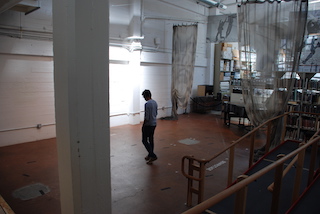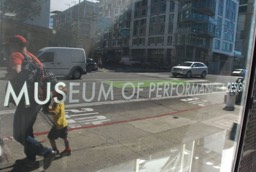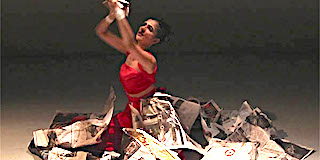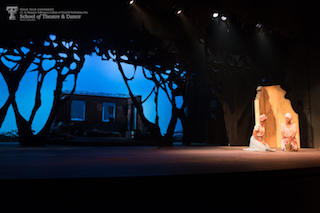SOUND-OPt was a site-specifc sound installation that started with sonic explorations of the architecture of the gallery and objects within it. These interactions were recorded and included playing (with permission) a sculpture made of welded-together shopping carts; reading excerpts from books in the library, using my voice to find the resonant frequencies of various rooms; pinging out transient synth notes like sonar as I walked through the space; vibrating seed pods and fabric prints from previous art exhibitions, and lighting various found objects. The end result was a fully-autonomous, multi-channel soundscape played through speakers, combined with other stand-alone devices, tuned to each room.
Every room was activated by sound and light. Audience members created their own mix of the piece by moving through the various zones of sound.
Below is a binaural recording of a walk through of the whole gallery.
.JPG)
.JPG)



